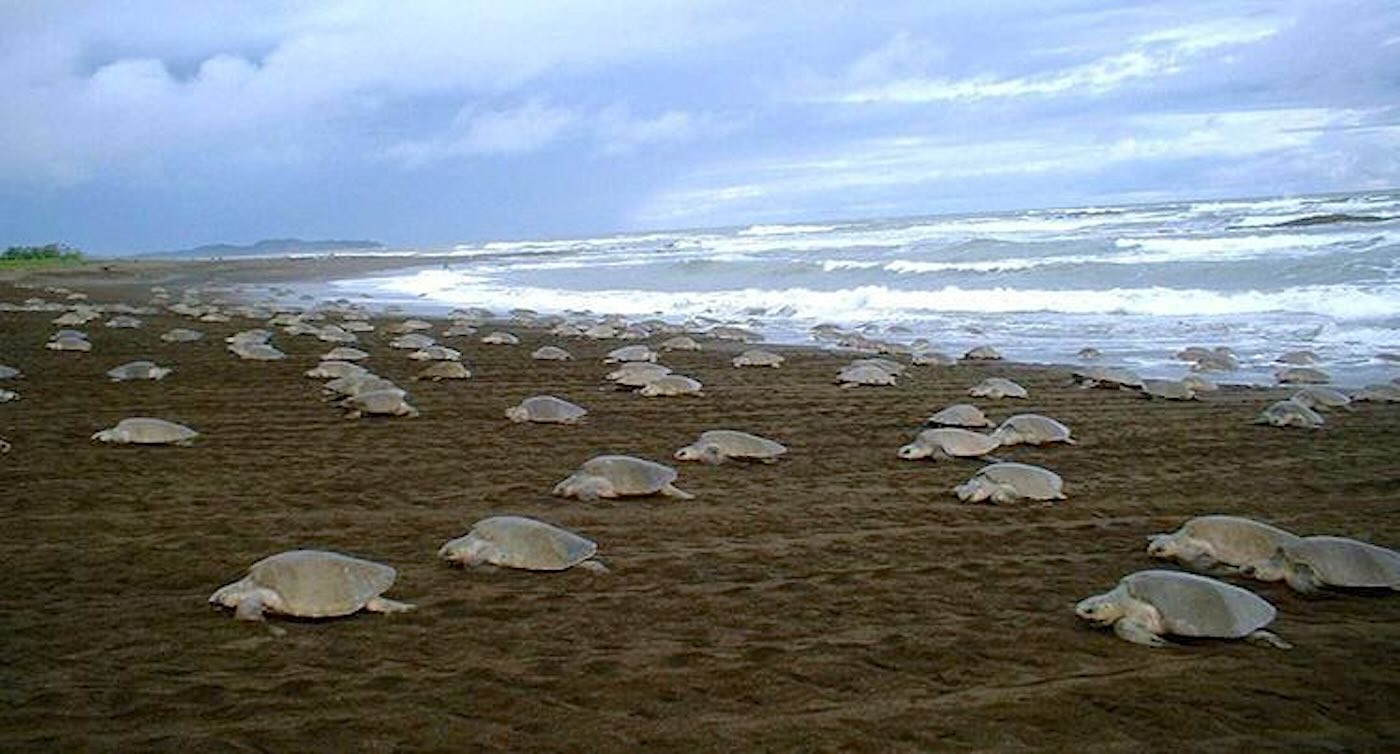Inspiring Comeback: Sea Turtle Populations on the Rise Worldwide

Once imperiled by overhunting and habitat loss, sea turtles are demonstrating remarkable resilience as protection efforts bear fruit across the globe. A recent study indicates that various species of these marine reptiles are rebounding, showcasing nature’s ability to recover when given a chance.
New Studies Highlight Positive Trends
Marine Science Professor Graeme Hays from Deakin University states, “Sea turtles are a shining light of marine conservation with recoveries of many nesting populations.” A comprehensive review involving researchers from the University and NOAA Fisheries shows that most sea turtle populations are on the rise, particularly in regions where conservation measures have been implemented effectively.
Enhancements along nesting beaches, such as reducing disruptive artificial lighting and adopting fishery practices to prevent accidental catches, have significantly contributed to the recovery of these species. The findings published in *Nature Reviews Biodiversity* reveal an encouraging landscape of population increases, with three times more significant gains than losses across various species and subpopulations.
Community Engagement and Ecotourism Growth
Beyond mere statistics, the resurgence in sea turtle populations reflects a profound shift in societal values towards wildlife conservation. Younger generations now view these majestic creatures as symbols of ecological integrity rather than commodities for exploitation. In many regions, former poachers have transitioned to becoming ecotourism guides, generating income while promoting awareness and appreciation for nesting turtles.
For instance, there has been a staggering 500% increase in egg-laying among green sea turtles in the Seychelles, illustrating the success of these new protective measures combined with community engagement.
Challenges Ahead and the Path Forward
While the overall trend is positive, scientists emphasize that challenges remain, especially for certain populations like the Pacific leatherbacks, which are declining. Climate change poses additional threats, yet evidence suggests adaptability among sea turtles. For example, loggerhead turtles in the Mediterranean are beginning to nest in cooler areas to evade rising temperatures.
As Seminoff aptly puts it, “When you stop hunting and otherwise harming species and they regain their ecological foothold, they can again become a thriving part of the marine ecosystem.” The resurgence of sea turtles not only signals a hopeful trend in marine conservation but also serves as a reminder of the positive impact that dedicated conservation efforts and community involvement can have on our planet.